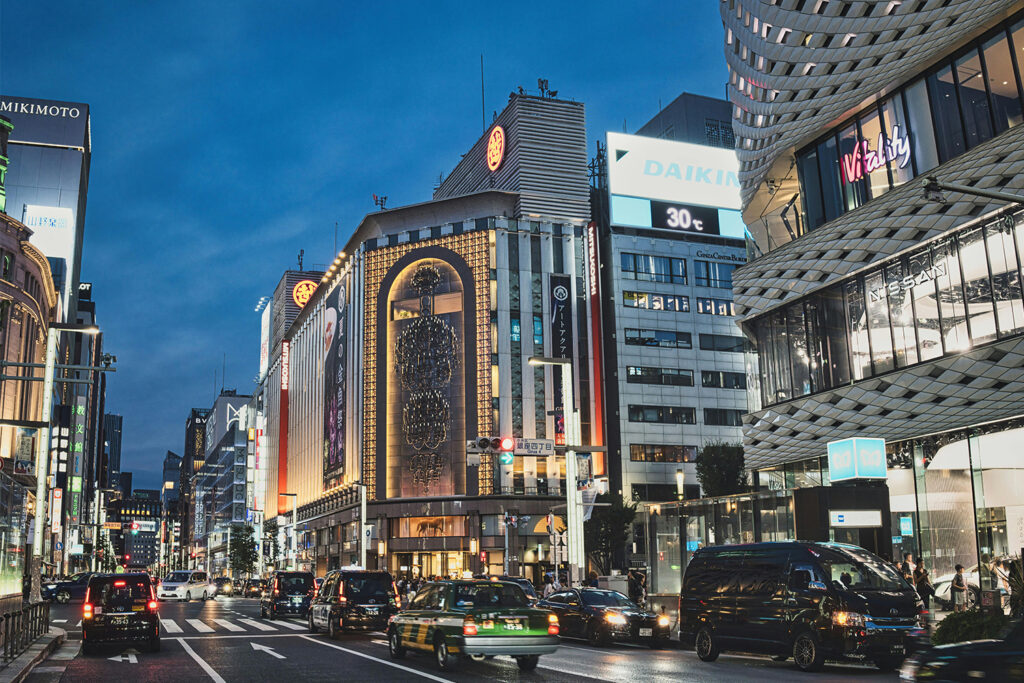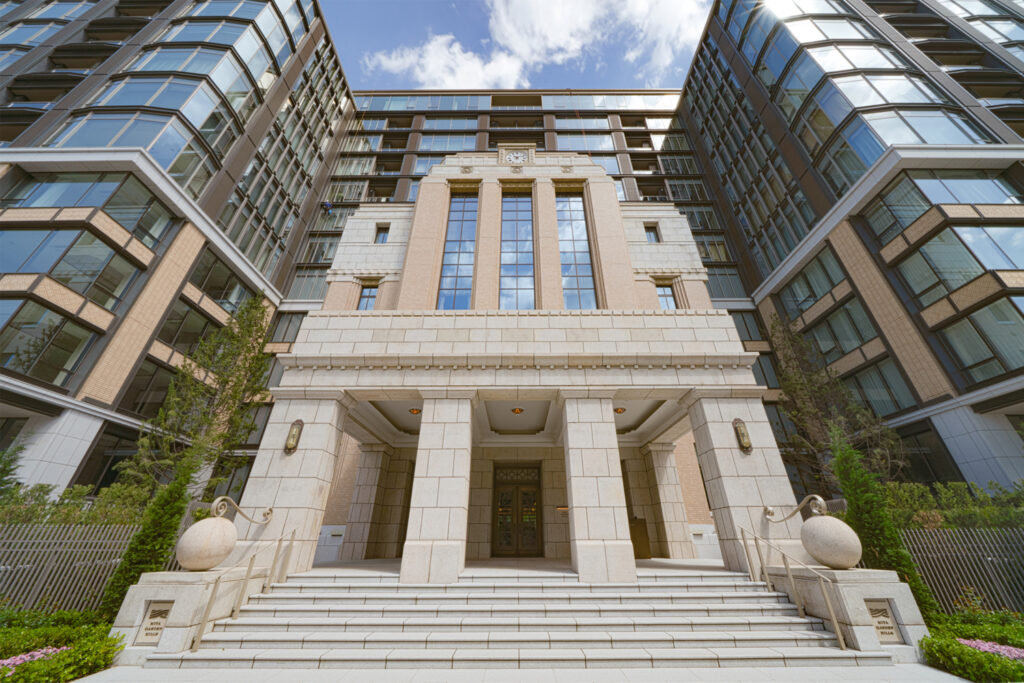
When you think of Tokyo, one might imagine an advanced, high-tech, and innovative city. Yet, the luxury housing market lacks stock in comparison to demand and consequently, the market has ample room to grow with especially in the ultra-luxury sector. As true with the lack of posh hotels, finding luxury residential housing with international standards is a difficult task.
High net-worth individuals are increasingly living in central city locations and put together with the growing interest overseas for ultra-luxury properties in Japan, it is forecast that Tokyo will see more real estate coming on to the market over the next decade with asking prices north of 1 billion yen (approximately 9 million USD) to cater to this demand.
Location, Location, Location
Prior to the 2000s, Tokyo’s wealthy resided mainly in the suburbs in Setagaya and Ota Wards. Notably, upscale residential areas such as Denenchofu and Seijo were where company presidents held large single-family homes with just enough space for a garden. This house description was once the “Japanese dream”. In contrast, housing in Tokyo’s central 5 wards is now in high demand, according to Tokyo Shoko Research, a market research firm. In addition, taxable income per taxpayer in Tokyo has risen over the years compared to the last two decades.

See our newly refurbished development currently for sale in Roppongi
2000-2010 – A Surge in High-rise Apartments
A big driver of the shift in demand for centrally-located housing is derived from the increased number of high-rise apartments being developed. A key reason behind this paradigm shift was the easing of building regulations that took place over two decades ago. During 1997, the Building Standard Laws in Japan were redefined so that common areas in apartments such as corridors and stairs became excluded from the floor-area-ratio calculation. Coupled with other lighter-touch regulations, developers were liberated to build apartments higher than ever.

In the early stages, these high-rises were mainly being developed in the “bay area” of Tokyo such as the so-called “Canal Towers” in the Toyosu area and “Twin Parks” in the Shiodome area.
With the completion of centrally located high-rises – such as Moto-Azabu Hills Forest Tower (2002), Roppongi Hills Residence (2003) and Akasaka Tower Residence Top (2008) – the 00s can be considered as the beginning of luxury high-rise apartments in Tokyo, albeit dominated heavily by a single developer, Mori Building Co., Ltd. Since then, we have seen Mitsui Fudosan Co., Ltd. aggressively entering the market with their Park Court series; the majority of which have been developed in central Minato Ward locations. The factors have helped Minato Ward to be crowned the ward with the highest taxable income per taxpayer.

Entering an Era of Ultra-Luxury
There is no set definition for what an ultra-luxury property is, however residential properties that have a sales price above 1 billion yen (approximately 9 million USD) are considered to be in this category. For those living in New York, London, and Singapore, this number may seem small, though in Japan this price tag is still a rarity. Since the market is very opaque and these listings are marketed only towards a small pool of buyers, it is difficult to obtain accurate statistics, though it is thought to be that only a few ultra-luxury properties existed during the 00-10s. Now it is estimated that between 15 and 25 exist owing to a newcomer to the ultra-luxury market, Westbank Corp. The Canadian luxury real estate developer has launched two low-rise developments thus far with many of the units prices exceeding 1 billion yen, thereby increasing ultra-luxury apartment stock in the city.

Contact us directly for more details on luxury developments in Tokyo produced by Westbank Corp.
Over the next few years, the number of ultra-luxury listings is expected to rise two-fold. A great part of this is owing to the market’s leading ultra-luxury apartment developer, Mori Building. The developer has broken ground on the construction of a “Vertical Garden City”, a large-scale development that spreads over Toranomon to Roppongi, which I will explain in detail in another article.

Appetite for this type of ultra-luxury real estate within Tokyo and throughout Japan’s resort areas is surely there. Having said that, players in this market are going to be tested with future changes in economic tides. Most importantly, knowledge of how to develop these types of high-end properties will be key and I believe we will see both foreign and local companies creating alliances with local experts when entering this potential market.











